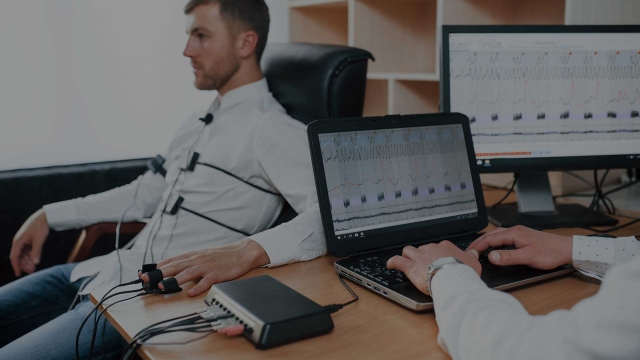
In a world where honesty is valued above all else, the concept of a lie detector test carries a significant weight. These tests, often shrouded in mystery but wielded as tools of truth, have the power to unveil the secrets that people try so desperately to conceal. With the promise of revealing deception and uncovering hidden truths, lie detector tests have become a fascinating subject of both fascination and controversy. Let us delve into the realm of lie detector tests, unmasking the complexities and mysteries that surround them.
History of Lie Detector Tests
Lie detector tests, also known as polygraphs, have a fascinating history dating back to the early 20th century. In 1921, John Augustus Larson, a medical student and police officer, developed the first polygraph machine with the intention of using physiological indicators to detect deception. Larson’s invention marked the beginning of modern lie detection technology.
Lie detector test
The initial polygraph machine utilized measurements of blood pressure, respiration, and perspiration to monitor physiological responses during questioning. Over time, advancements in technology have led to the development of more sophisticated lie detector tests, incorporating additional physiological parameters to enhance the accuracy of deception detection.
Despite ongoing debates about the reliability and ethical implications of lie detector tests, they continue to be used in various fields, including law enforcement, employment screenings, and national security. The evolution of polygraph technology has shaped the way we perceive truth and deception, shedding light on the intricate relationship between physiology and dishonesty.
Types of Lie Detector Tests
There are several types of lie detector tests commonly used today. The most well-known and widely used is the polygraph test, which measures physiological responses such as heart rate, blood pressure, and perspiration levels during questioning. Another type is the voice stress analysis test, which assesses changes in the human voice to detect signs of deception. Additionally, there is the computerized lie detector test, which uses advanced software algorithms to analyze the data collected and determine whether a person is being truthful or not.
Accuracy and Controversies
Lie detector tests have been used for decades to determine truthfulness, but their accuracy remains a topic of debate. Proponents argue that these tests can detect physiological changes associated with deception, such as increased heart rate and sweating. However, critics point out that factors such as anxiety, stress, or even the skill of the examiner can impact the results.
One of the key controversies surrounding lie detector tests is their admissibility in court. While some jurisdictions allow polygraph results as evidence, many others do not consider them reliable enough to be used in a legal setting. This debate highlights the challenges in relying solely on this method for determining truth in important matters.
Despite the controversies surrounding their accuracy, lie detector tests continue to be utilized in various fields, including law enforcement and employment screenings. As technology advances, proponents hope that improvements can be made to enhance the reliability of these tests and alleviate some of the skepticism surrounding their effectiveness.


